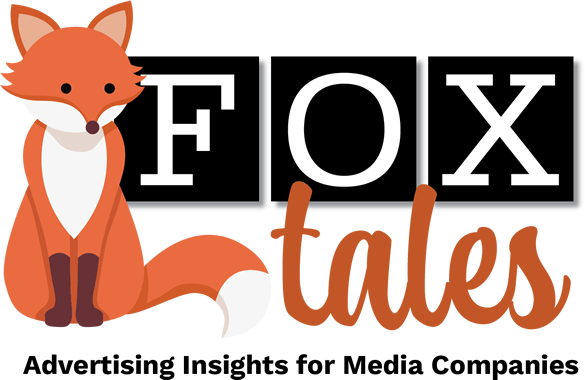One of the sessions at the Business Information & Media Conference in New Orleans, February 29-March 1, covered the relationship between media content and conferences. It’s an obvious connection, especially for businesses that produce both, but it can be surprisingly hit or miss.
At some organizations, one team produces content while another programs events. And often, events don’t reflect the great B2B journalism and identification of trends, innovation, and thought leaders produced by their media counterparts, even though the synergy is clear.
Even in cases where event-programming teams draw ideas from a media counterpart, the point of the original media report can be lost in the translation, missing great opportunities to reinforce the strengths of both businesses, and resulting in a muddled conference program.
In the BIMS session, called “The Media Brand and Conference Content Connection: Unifying Content Across Platforms for Maximum Impact,” Sandy Almendarez, vice president, content, at Informa, and Courtney Nagle, senior vice president, engineering, at WTWH Media, offered an insight-packed look at how content teams can leverage the connection to create a richer experience for users, advertisers, and colleagues. Here’s a timely and informative Q&A on the topic with Informa’s Almendarez.

Sandy Almendarez.
Fox Tales: In media companies, both B2B and B2C, what’s the preferred model for conference/trade show programming, and daily content for the parent brand?
Sandy Almendarez: A cohesive, integrated approach is the best model for conference and media content, delivered through one team of content specialists. The intelligence that comes from covering an industry daily for a digital audience can fuel the best in-person content experiences. Using the in-person conference to guide engaged audiences to the media brands helps us stay connected and top-on-mind to our key audience members throughout the year.
Fox Tales: Why do you think trade show companies moved away from that model some years back, only to revive it in the last three or so years?
Almendarez: It’s hard, right? It’s difficult to find people who have the expertise to both create compelling digital content and engaging spoken-education sessions. It’s demanding during show crunch times to spread focus to daily digital content and show-specific content. It’s difficult to cover and report on a show while you are managing the content of a show.
It’s not easy to have your team do both, but the alternative—where your media brands and your conference are run by different teams—is harder in terms of all the audience development and crossover monetization that you lose.
Fox Tales: Talk about the synergy between media-brand content and onsite conference programming. Why is it important?
Almendarez: It’s so important for several reasons.
- You can create compelling content that helps amplify the content you deliver through all your channels. This approach allows you to preview your content before the show and helps you “extend” the onsite education to your media brands.
- You build experts on your content team who are reporting on trends year-round. They are there for the gold mine of insights that happen during live-conference programming.
- You can build sponsored content that spans onsite and conference programs. This allows clients to be better amplified, and we can be appropriately compensated for that amplification.
- Community building is easier to foster in-person, and then those community efforts can be fostered year-round through online forums and social media.
- You can better understand the behavioral patterns of key audience personas and how they interact with content digitally and in-person. You can use this information to deliver content that is best suited to your audience’s desires.
Fox Tales: Should event programming be viewed as just another communications channel for brands and their content producers?
Almendarez: “Just another,” sounds harsh to me, but yes, essentially it is one of several ways to reach audience members along with digital media, social media, text, apps, etc.
Fox Tales: Is there overlap in stories and sources between a media brand’s website/print product, etc., and live events? Should there be?
Almendarez: Yes, I think so. Stories can be told in different channels and in different venues, and with a mindful look at engagement metrics, you learn more about what the audience wants every time you tell the story. I usually don’t like to repeat a story in one channel several times unless it’s a really big deal to the industry. For sources, you learn which ones are good speakers and which ones are good digital-content contributors. The sources who can do both are gold.
Fox Tales: What role should an internal sales team or an outsourced solution like Fox Associates play in enhancing the connection?
Almendarez: A good sales team sells so that we can keep producing content! I love my sales team because they know that leading with an audience-first approach is the best way to engage an audience and get the best-qualified leads for clients. Sales and content (and marketing and operations and IT, etc.) all want the same thing: to extend our reach, be the most useful to our audience and to make our shareholders happy. So we all need to trust each other and collaborate to bring the most success.
